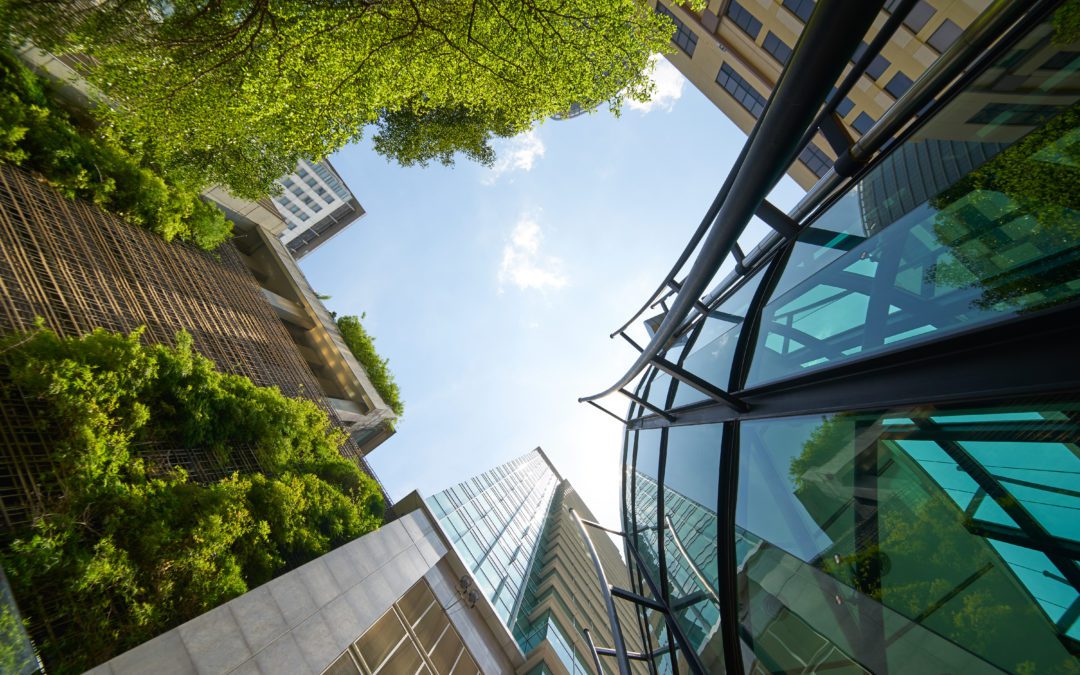Concrete is a ubiquitous material that is critical to the built environment, but its production is carbon and energy intensive. As such, it contributes as much as 8% to global greenhouse gas emissions.
Pending legislation that aims to mandate use of low-carbon-containing cement is under consideration in New York and New Jersey, and other states are introducing legislation that requires construction proposals to declare the environmental impact of cement mixes. Honolulu, Hawaii, has added a requirement that city construction projects consider using concrete that stores CO₂. Thus, regulations are driving research efforts to reduce the carbon footprint of cement. The result could have significant implications for the adhesion and durability of paints and coatings applied over low-carbon cements.

Capturing Carbon
Carbon sequestration technology is a new area of study, and the U.S. government has been funding technology startups and centers of excellence to study ways to capture carbon in materials of high use, like cement, to increase industrial decarbonization. The Musk Foundation, XPRIZE, even created a $100MM contest for carbon removal in materials.
The United Nations reported three ways to improve the eco-efficiency of cement:
- Increase use of supplementary cementitious materials (SCMs)
- Improve cement efficiency
- Develop sustainable alternative cements
Among older technologies, fly ash and slag are SCMs whose inclusion in cement is specified by ASTM standards. Fly ash is produced from coal mining and disposed of in landfills. High-fly-ash concrete exhibits less bleeding and shrinkage than regular cement. Slag, a byproduct of smelting, uses 90% less energy in its production than does Portland cement.
However, the inclusion of SCMs has been reported to cause premature failure of coatings, mainly due to lack of adhesion, making it important to understand the cement content when investigating these issues. If more of this type of low-carbon cement is mandated for construction projects, coatings manufacturers need to evaluate the adhesion properties of their existing products and/or develop more SCM-tolerant paints.
Startup Efforts
Several startup companies have developed new technologies for making low-carbon concrete, with some commercial success:
- CarbonCure sells technology that injects carbon dioxide captured from industrial processes into Portland cement, along with water. The solids formed in this process can improve the material’s strength by 10-20%.
- Solidia Technologies offers patented green solutions that make it easy and profitable to use CO₂ to create sustainable building materials. The technology has the potential to eliminate a minimum of 1.5 gigatonnes of CO₂ each year.
- CarbonBuilt technology embeds CO₂ emissions into the concrete during the curing process. Low-cost and readily available materials result in a 60-100% reduction in the finished product’s carbon footprint while increasing producer profitability.
- CarbiCrete patented curing process injects CO₂ into an absorption chamber, where it reacts with the steel slag within the fresh concrete. During the carbonation process, the CO₂ is permanently captured and converted into stable calcium carbonates, filling the voids of the matrix to form a dense structure and giving the concrete its strength.
- CeraTech produces ekkomaxx™ cement concrete, containing 95% recycled fly ash and 5% liquid additives, which offers virtually zero-carbon footprint, a 95% reduction in the use of virgin resources, and a 50% reduction in the use of water.
Avoiding Field Failures
New low-carbon cements were developed by civil engineers with little thought given to finishing and painting the resulting structure. Given the increase in infrastructure spending, government mandates for low-carbon concrete use, and the increase of low-carbon concrete in the market, coatings manufacturers should be conscious of how their products perform over these substrates and be prepared to develop new formulations to avoid premature field failures.
For more information, contact the author at vscarborough@chemquest.com.
See the article in CoatingsTech.

